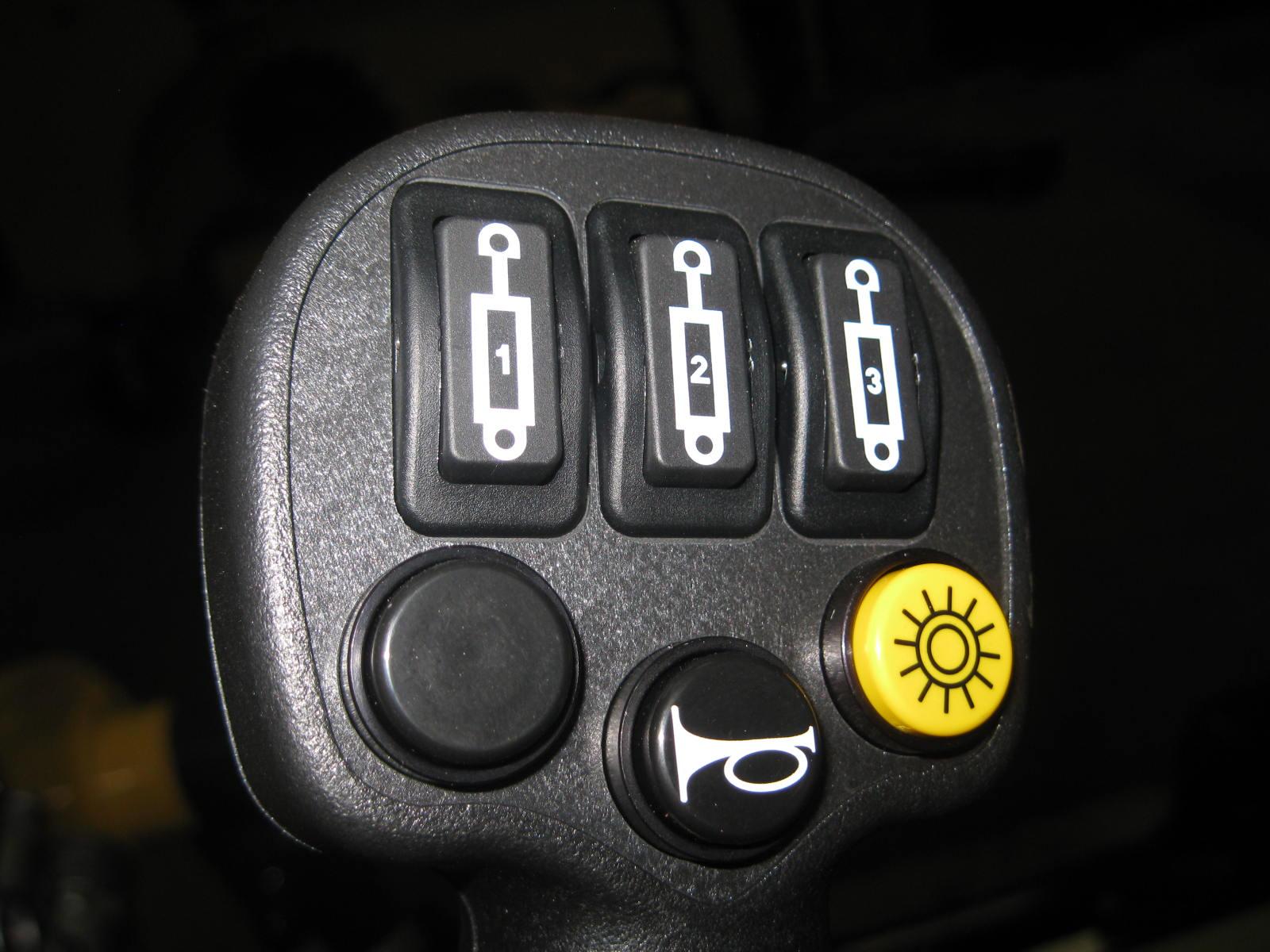
1 minute read
Common Materials and Densities
from Gehl V270 GEN2 V270 GEN2 (EU) V270 GEN2 X-Series V330 GEN2 V330 GEN2(EU) V330 GEN2 Operator's Manual
Note: The densities listed are average values and intended only as a guide for bucket selection. For a material that is not in the table, obtain its density value before selecting the appropriate bucket.
Bucket Selection
To use the table, find the material to be loaded and its maximum density. Then multiply the volumetric rating of the attachment by the material density to determine if the attachment can safely be used. See page124 for a listing of attachments and their ratings.
Where the material density is listed as a range (snow at 15-50lbs./ft3, for example), always use the maximum density (50 lbs./ft3 in this example) for making calculations. Also, see the following examples.
Example 1: Clay (density of 80-100 lbs./cu. ft.) is to be hauled with a V270 model skid loader using a 70 in. dirt/construction bucket (SAE J742-rated heaped capacity of 16.1 cu. ft.). With this bucket, the V270 has a rating of 2510 lbs. Multiplying the maximum density of the material by the bucket capacity (100 x 16.1) yields a load that weighs 1610 lbs. This number is less than the machine rating and thus indicates that the loader/bucket combination is safe to use in this application.
Example 2: Clay (density of 80-100 lbs./cu. ft.) is to be hauled with a V330 model skid loader using a 74 in. dirt/construction bucket (SAE J742-rated heaped capacity of 19.2 cu. ft.). With this bucket, the V330 has a rating of 3010 lbs. Multiplying the maximum density of the material by the bucket capacity (100 x 19.2) yields a load that weighs 1920 lbs. This number is less than the machine rating and thus indicates that the loader/bucket combination is safe to use in this application.
Direct and/or Indirect Visibility
Tested in accordance with ISO 5006: 2017.
The machine has been subjected to a static visibility assessment with the lift structure in a carry position or 200 mm (7-7/8 in.) above the ground.
The test simulates operator visibility from the operator’s position:
• The line of sight between the operator’s eye position and a point on the ground at a 12 m (472 in.) radius.
• On a rectangular boundary 1 m (39 in.) from the machine, 12 m (47 in.) above the ground.
• Masking was recorded as shown (Fig. 6), and is within the allowable limits in accordance with ISO 5006: 2017.
• The standard/test does not account for head movement or rotation, which can improve visibility and mitigate masking.
This diagram indicates the blind spot zone on the visibility test circle (radius = 12 m [47 ft.]) and the 1 m (39in.) rectangular zone around the machine.








